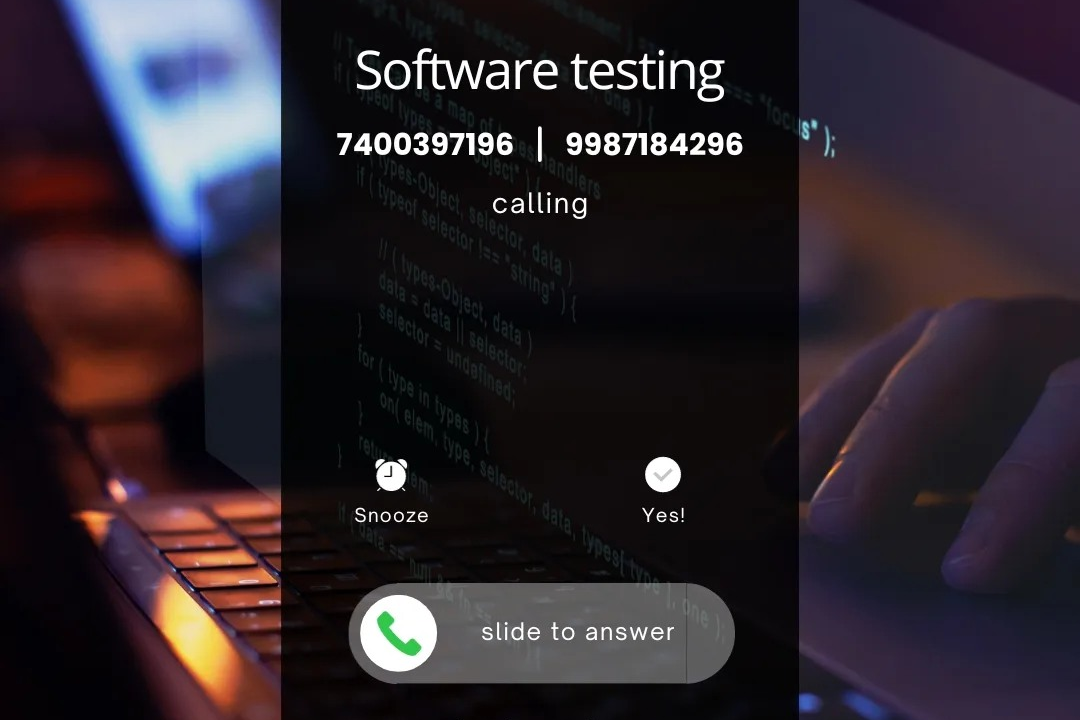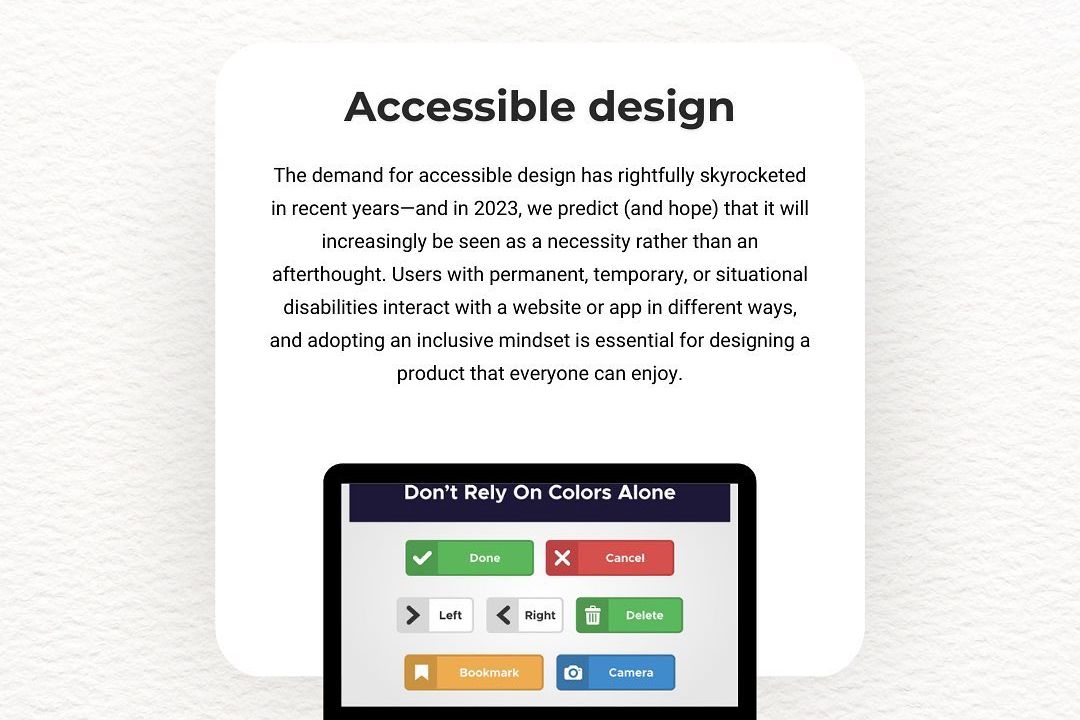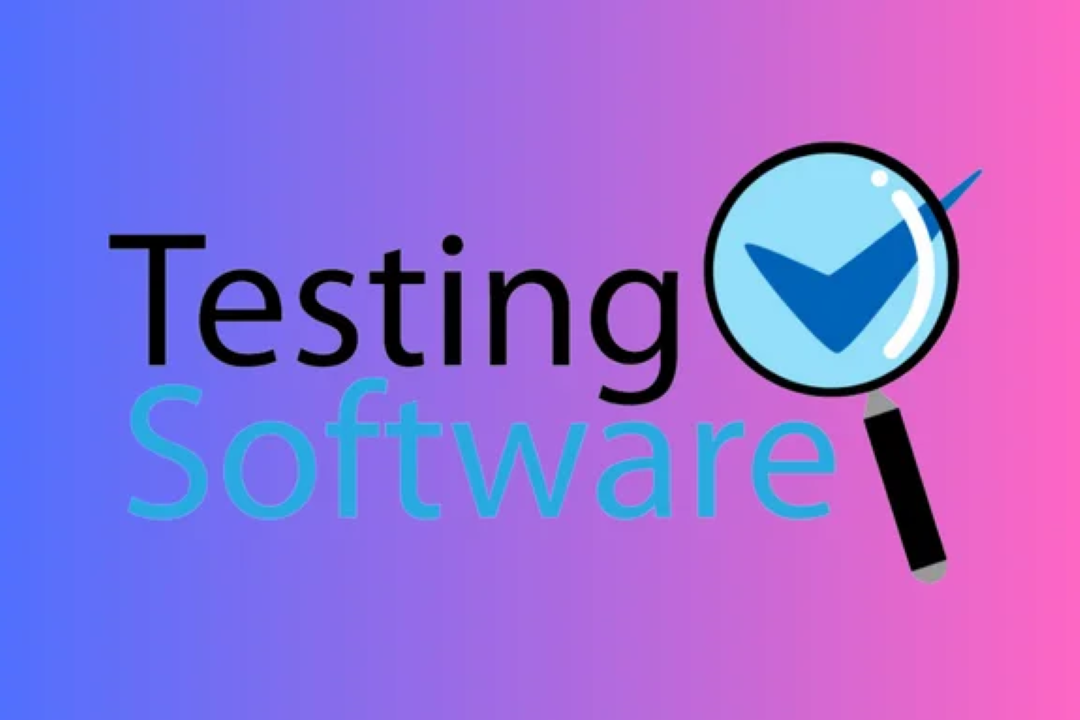Java GUI Frameworks
Exploring Java GUI Frameworks: A Comprehensive Guide
Java GUI Frameworks
Java offers several GUI frameworks for creating graphical user interfaces, with the most prominent being Swing and JavaFX. Swing, part of the Java Foundation Classes (JFC), is a mature framework that provides a rich set of components and is built on top of AWT (Abstract Window Toolkit). It allows developers to create platform-independent GUIs with a look-and-feel that can mimic native applications. JavaFX is the modern alternative to Swing, designed for building rich internet applications with advanced features such as hardware-accelerated graphics, CSS styling, and FXML for declarative UI layouts. JavaFX supports modern UI design principles and is better suited for applications requiring high-performance graphics and animations. Both frameworks have their strengths and can be chosen based on the specific needs of the application and developer preferences.
To Download Our Brochure: https://www.justacademy.co/download-brochure-for-free
Message us for more information: +91 9987184296
1 - Swing: A widely used Java GUI toolkit that provides a rich set of components (like buttons, tables, and text fields) and supports lightweight components which are platform independent.
2) JavaFX: The modern successor to Swing, offering advanced features like property binding, CSS styling, and FXML for UI design, allowing for more sophisticated and interactive UIs.
3) AWT (Abstract Window Toolkit): The original GUI toolkit for Java, providing components that are dependent on the native system's GUI; it includes basic UI elements but is less flexible than Swing or JavaFX.
4) Java 2D API: Part of the standard Java library, it provides advanced graphics capabilities for rendering 2D shapes, text, and images, allowing for customized UI elements.
5) JFC (Java Foundation Classes): A set of APIs that include Swing and AWT, aimed at providing a more comprehensive framework for building GUIs in Java.
6) SWT (Standard Widget Toolkit): Developed by Eclipse, SWT provides a more native look and feel by utilizing the platform’s native GUI libraries, which can lead to better performance in some cases.
7) JIDE: A commercial library that extends Swing with additional UI components, enhancing the development of complex and professional applications.
8) Griffon: A desktop application development framework for Swing that follows the MVC design pattern, suitable for building Groovy applications and providing a range of plugins.
9) Gluon: A framework that makes it easier to build JavaFX applications for mobile and embedded devices, allowing for cross platform usability in GUI development.
10) Scene Builder: A visual layout tool for JavaFX applications, allowing developers to drag and drop UI components to design their interfaces without writing code manually.
11) Apache Pivot: A platform for building rich internet applications (RIAs) using Java, with an emphasis on providing a clean and manageable API for UIs.
12) JXLayer: A Swing extension that allows developers to easily add decorations and effects to existing Swing components, enhancing their appearance and functionality.
13) MigLayout: A popular layout manager for Swing that simplifies layout design, making it easier to achieve complex interfaces with less code.
14) NetBeans Platform: A set of modules that can be used to create rich desktop applications in Java, providing a foundation for building extensible applications with ready to use components.
15) Vaadin: A framework for building web applications in Java, where the server side logic is written in Java, allowing for a seamless integration of Java UIs with web technology.
16) Apache Cocoon: A web application framework that allows for the building of XML based web applications using Java, providing a model view controller architecture.
17) Jersey: A framework for building RESTful Web Services in Java, which can also be integrated with UI frameworks for creating dynamic, data driven applications.
18) IceFaces: A framework for building AJAX enabled web applications in Java that can provide a more interactive user experience, integrating seamlessly with JSF (JavaServer Faces).
This list covers a wide range of Java GUI frameworks and technologies suitable for building user interfaces, which can be included in a training program for students seeking to learn about GUI development in Java.
Browse our course links : https://www.justacademy.co/all-courses
To Join our FREE DEMO Session: Click Here
Contact Us for more info:
- Message us on Whatsapp: +91 9987184296
- Email id: info@justacademy.co












